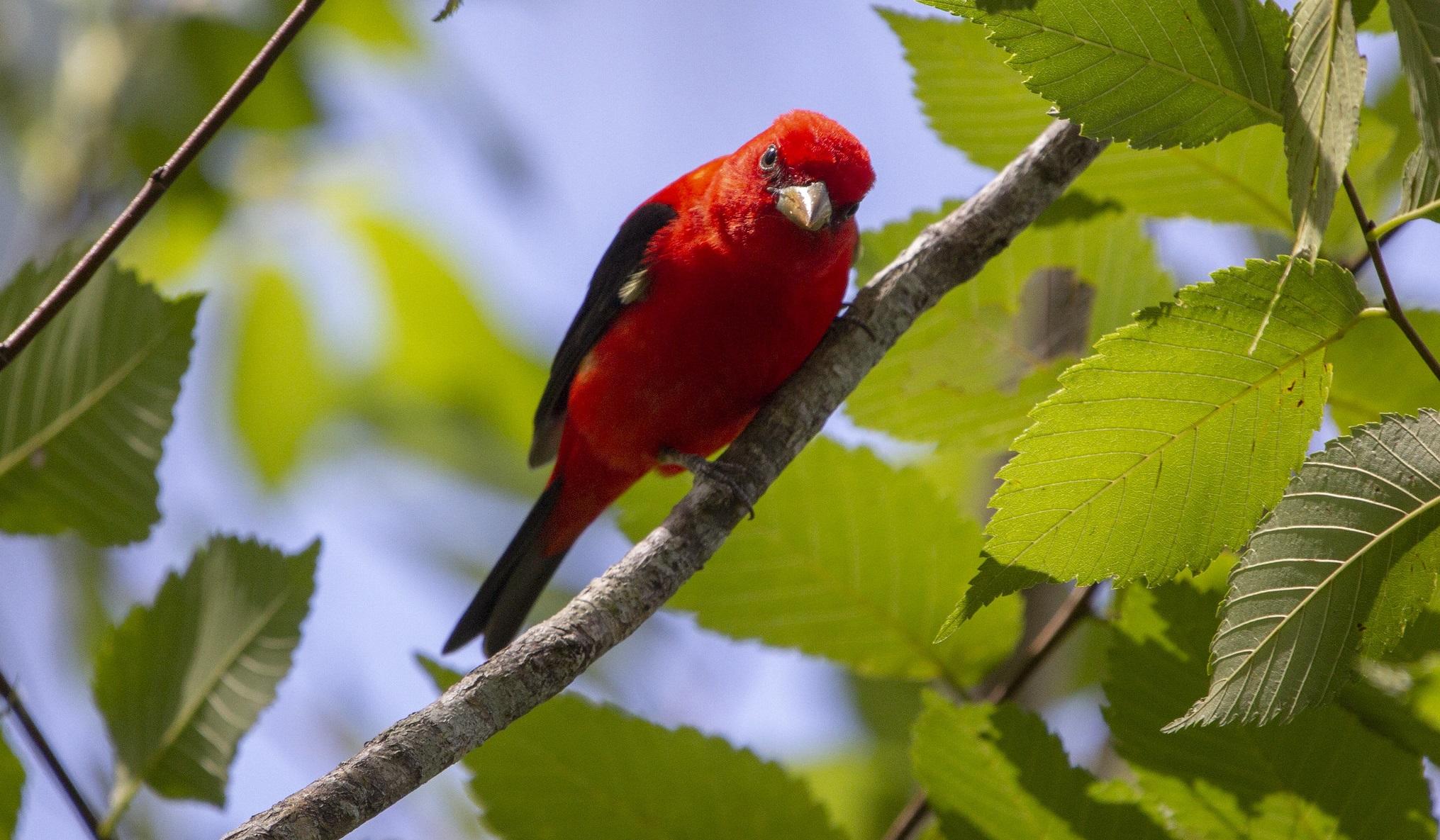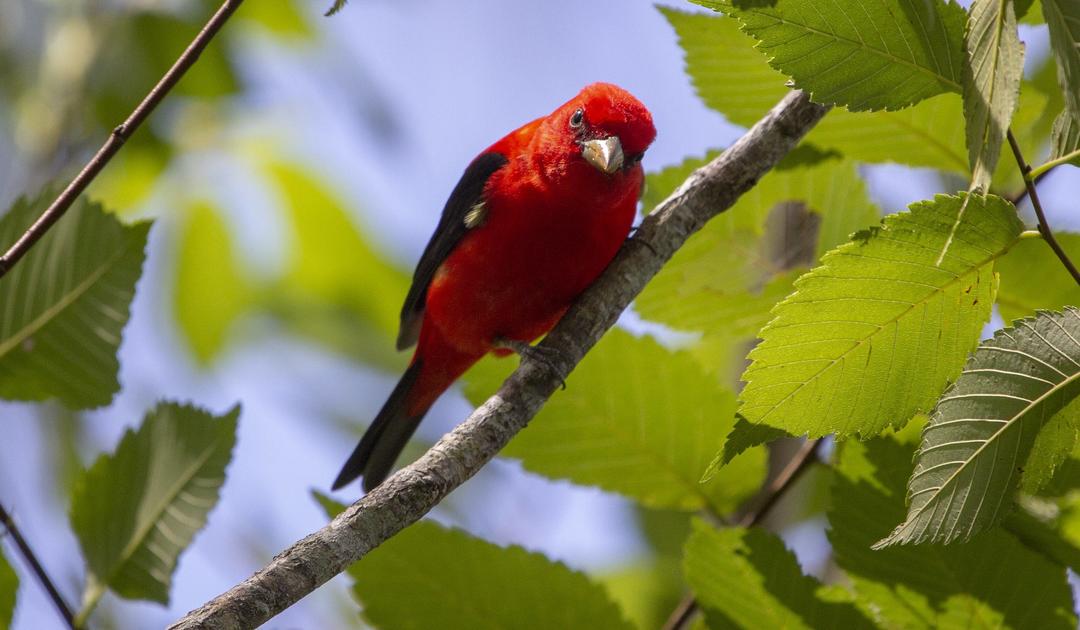Once the nights become warmer in late March and the maple tapping season ends, nesting birds start to move in to New York's forests. But these birds need more than just maple trees to thrive.
Through the Bird-Friendly Maple project (a collaborative effort between Audubon, Cornell and the New York State Maple Producers Association), Audubon New York is partnering with maple producers to return sugarbushes to a more natural state. (Sugarbush refers to a forest stand which is utilized for maple syrup; the tree canopy is dominated by sugar maple.) The shift will benefit nesting songbirds, including Scarlet Tanagers, Wood Thrushes, Black-throated Blue Warblers, and Veeries—and make the resulting product more appealing to bird-loving consumers.
WHAT IS A BIRD-FRIENDLY SUGARBUSH?
While many maple products may look and taste the same, the forests they come from can be managed in different ways. A sugarbush is a forest stand that consists of mostly sugar maple tree species, which can be used to produce maple syrup. Maple syrup can be a model for sustainably produced food that also creates habitat for birds and other wildlife.
Through applied forest management, bird friendly maple producers strive to improve habitat quality in their sugarbushes to optimize breeding and foraging opportunities for forest birds in decline. A bird-friendly sugarbush is managed for the following features to not only provide great habitat for forest birds, but also improve the health of the sugarbush:
- A diversity of tree species and age classes; more than just mature sugar maple
- Complex structural diversity: layers of vegetation; from small seedlings on theforest floor, to saplings and shrubs, to the canopyoverhead
- Standing dead trees and live trees with cavities; the bigger the better
- Large logs and branches on the forest floor
A DELICIOUS CONSERVATION PROJECT
The Bird-Friendly Maple project is a collaborative effort to integrate bird conservation with New York’s maple syrup industry by:
- Promoting sugarbush management practices that support birds, forest health, and sustainable sap production
- Recognizing maple producers for considering bird habitat in their sugarbush
- Increasing awareness of the important role New York’s forests play in bird conservation
- Educating consumers about maple syrup and its many natural benefits.
Interested producers can email claire.mann@audubon.org to learn more about participation. You can also visit this page to see our criteria for recognition.
LOOK FOR THE LABEL!
To recognize and support participating maple producers for their good work, look for maple syrup containers with the label indicating that the syrup is Maple Managed for Birds. Maple producers who intentionally integrate bird habitat into the stewardship of their forest are taking the first step toward ensuring important habitat features are created during sugarbush management activities.
Birds of the Sugar Bush
Donate to Audubon
Help secure the future for birds at risk from climate change, habitat loss and other threats. Your support will power our science, education, advocacy and on-the-ground conservation efforts.









